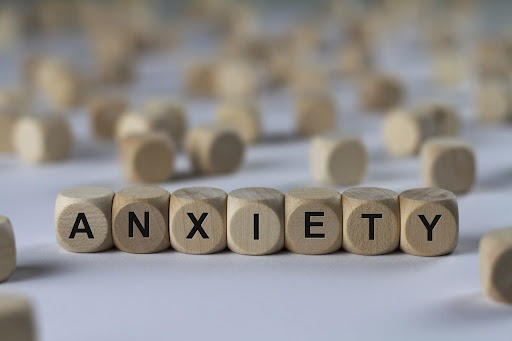Anxiety is a normal human feeling, especially when we experience stressful life events. However, anxiety can become problematic when we experience it daily or when it intensifies to the point of panic. Luckily, there are several therapies available to help manage and lessen the symptoms of anxiety.
1. Havening – Havening is a therapeutic technique that requires gentle touch to activate delta brain waves and calm the nervous system. This touch can be applied by a practitioner trained in this technique, or the client can apply touch themselves guided by the practitioner.
2. EMDR – Eye Movement Desensitization and Reprocessing (EMDR) is a therapeutic protocol primarily used in the treatment of trauma. The EMDR trained therapist assists the client with activating traumatic and/or anxiety provoking material and processing through combining imagery, body sensation, and bilateral stimulation. After successful processing, the level of distress is reduced which can lead to decreased symptoms of anxiety.
3. Brainspotting – Brainspotting is a therapeutic technique that involves fixed eye gazes to process through distressing material and increase feelings of calm and relaxation. As with EMDR, after successfully processing distressing material the level of distress activation is lowered which can lead to decreased anxiety. By focusing on resource spots, feelings of peace can be increased leading to decreased anxiety as well.
4. Neurofeedback – Neurofeedback is a type of biofeedback where sensors are attached to different sites on the head. The purpose of this treatment is to improve regulation and stabilization through modulation of brain activity (Banerjee 2017). Neurofeedback can help with anxiety, depression, and post traumatic stress disorder.
5. Expressive Therapies – There are a variety of expressive therapies that are helpful in reducing anxiety including art therapy, music therapy, dance therapy, and expressive arts therapy. These therapies allow individuals to express thoughts, emotions, and experiences in ways that are difficult with words alone. Involvement of rhythm and movement can be soothing to the nervous system and help lessen symptoms of anxiety.
6. Yoga – Yoga is a holistic practice originating from India. Though there are many forms of yoga, the ones we are familiar with in the West include a combination of meditation, breathwork, and body postures. Regular practice of yoga may reduce symptoms of anxiety.
7. Mindfulness – Mindfulness involves increasing awareness. This includes awareness of the present moment, the environment, and one’s own thoughts, feelings, body sensations, and urges. Often, the source of anxiety is our own thoughts. Through mindfulness practice, you can become more aware of negative thought patterns and shift your attention to the here and now.

At-Home Treatments For Anxiety Management Strategies
In addition to the above-mentioned therapies, there are several things you can try at home to help reduce the frequency and intensity of anxiety symptoms:
1. Deep Breathing – The slower and deeper you breathe, the calmer your body becomes. Place your hand over your belly and make sure it expands when you inhale and contracts when you exhale.
2. Journaling – Often, our anxiety is either caused or exacerbated by our thoughts. Putting thoughts and feelings on paper can help get them out of our head. You can put the journal with the thoughts away for the moment and know you can revisit it later if you need to.
3. Nature – Time in nature has been shown to reduce stress and anxiety. Natural environments provide ample sensory stimulation such as sights, sounds, smells, and textures. Paying attention to sensory input helps bring awareness to our bodies and the present moment and away from racing and distressing thoughts.
4. Prioritize Tasks – Anxiety can be heightened with added stress of worrying about all the things we have to do during the day or week. It can help to make a list of tasks and order them by priority. Are there certain tasks that could be delayed for a while? If not, it can also help to get any small ones out of the way first. Your list is then smaller, which can in turn lessen stress and allow more time and energy for the bigger ones.
5. Warm Bath – Try a warm bath with Epsom salts and calming oils such as lavender. Epsom salt contains magnesium, which can relax the muscles and help you feel calmer.
Sources:
Banerjee S, Argáez C. Neurofeedback and Biofeedback for Mood and Anxiety Disorders: A Review of Clinical Effectiveness and Guidelines [Internet]. Ottawa (ON): Canadian Agency for Drugs and Technologies in Health; 2017 Nov 13. Available from: https://www.ncbi.nlm.nih.gov/books/NBK531603/

